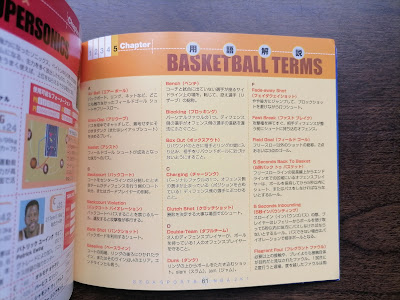Like the greatest album covers in the world, some games make a great impression even when sitting on a shelf. Whilst previews in the media, video trailers and word of mouth are vitally important, it would be wise not to underestimate the immediate impact a game’s cover can have on those with more impressionable minds. Generic artwork or uninspiring stylistic choices may be fine if the game has loads of pre-release hype or a big name license, but stick some glorious artwork from a talented artist on the cover and you're near enough guaranteed some extra interest.
The Dreamcast's small but beautiful library of games is jam-packed with turn-of-the-millennium style and innovation, and this is present in some of the artwork which adorned gaming shelves worldwide. Some are of course, iconic - Ulala's presence on the Space Channel 5 artwork, the striking simplicity of the PAL/Japanese covers of Crazy Taxi, Shenmue's epicness - but there are some that deserve more attention. These are works of art - they deserve to be blown up to a larger size, framed and hung in the finest of art galleries. So it's time to put my best gallery curator hat on and showcase why I think these fifteen choice cuts of Dreamcast cover art glory are examples worthy of so much praise, followed by five duds that deserve the complete opposite...
All covers used in this article come from Sega Retro, unless stated otherwise. Let's get into them...
The Dreamcast covers that go hard...
Spawn: In The Demon's Hand
I could have picked any of the cover variations of this release, as they are all absolutely epic in nature, but I've chosen the standard Japanese cover. Looking more like some great, unknown fantasy war metal album cover, this puts Todd McFarlane's comic masterpiece centre stage with a swirling mass of metal, cloak and spikes. Spawn is the ultimate badass antihero, an imposing demonic hellspawn, and a character that is designed to be visually interesting in whatever angle, pose or situation he is depicted in. As a game, In the Demon's Hand falls a little short, but the cover art surely must have led to a few extra sales.
The artwork for the standard Japanese version, as well as that used on other examples of the game, seem to have been taken from Spawn issue 95. The limited first print edition of the game released in Japan came with a cardboard slipcase with artwork similar to the US and PAL releases - all of which are based on the cover of 95.
Mars Matrix (Japanese cover)
Takumi's underrated shooter delivers a depth to the genre that's unrivaled on the console, and has the best cover of any shooter on the system (particularly the Japanese version's cover). I will take no criticism of that viewpoint! This cover is a dynamic, colourful burst of energy which breaks away from the usual clichés seen on the covers of other shoot 'em ups, whilst never going so far out there that you'd be confused as to what genre of game it actually is. Taken as a whole, it's a piece of art; from the fonts used for the title (to continue with the metal references of this article, this text wouldn't look out of place as the logo for some sort of cosmic math metal band), to the colour gradation, to the sleek sci-fi lines and shapes in the background. The US cover (below) isn't awful either, but it lacks the eye-punching appeal that the Japanese release displays.














































